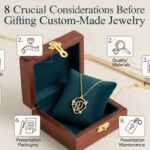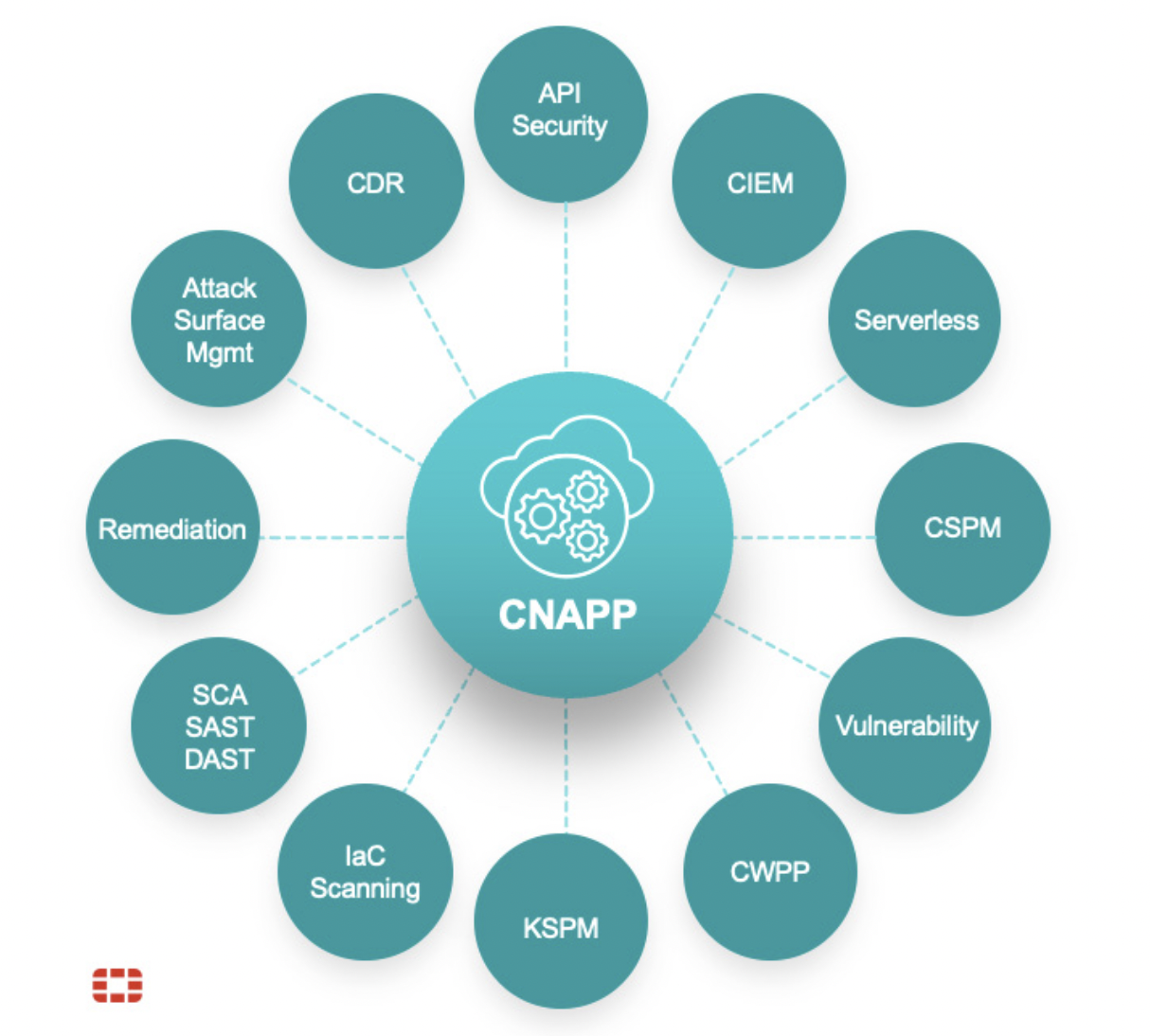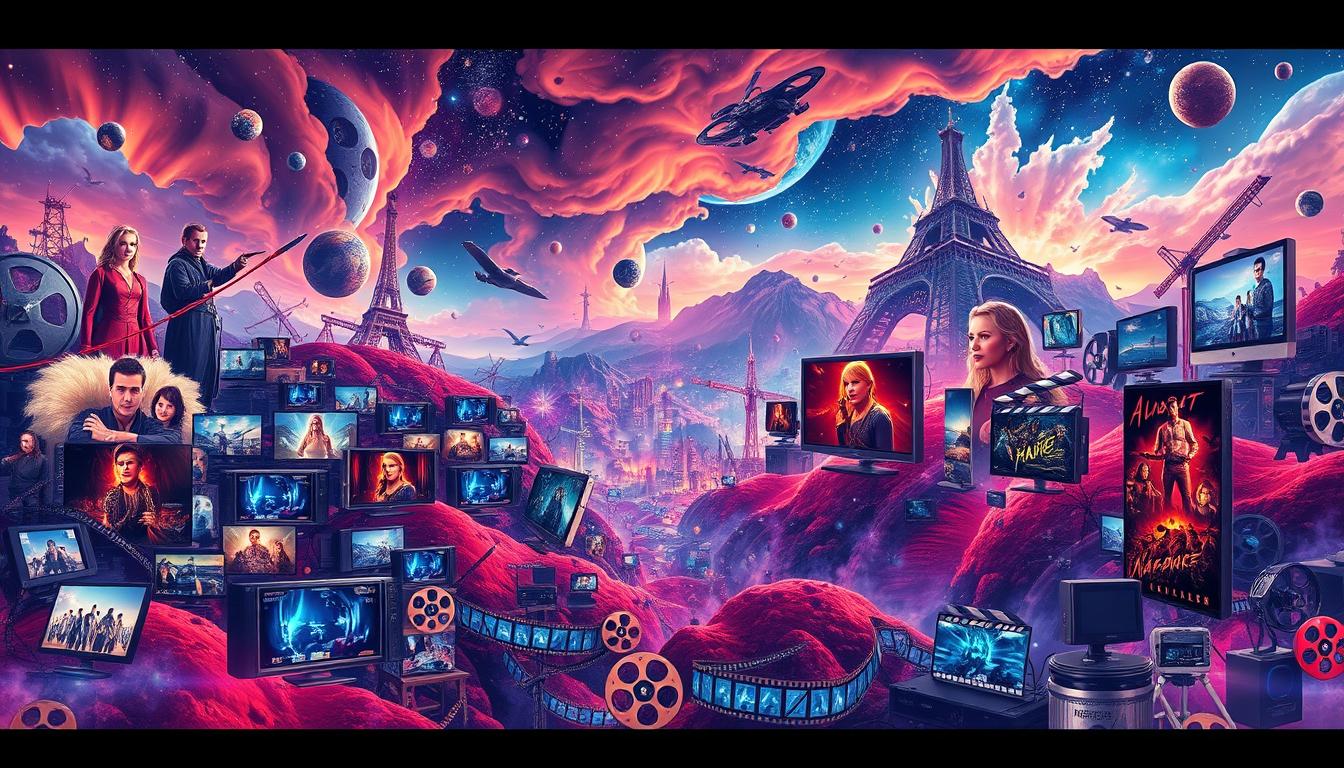I found Alice on Instagram, searching through #fiberart, I found her mandalas and I knew there was so much behind them, I wanted to learn more about the person making them: who is she, how did she know to produce them, and what might she teach us? Alice was kind enough to meet me for tea in Pittsburgh, and share personal details about her brave self-birthing process, recent routines and challenges, as well as to shed more light onto her intentions regarding her recent work, The Mandala Project. Alice Fate is courageously breathing into her work and practice, holding rare compassion for her viewers. I was so glad Alice committed to The Mandala Project and was willing share her insights and wisdom with us this March.
ARTIST STATEMENT
Alice Fate is compelled by self-inquiry and discovery. She is captivated by the connection between woman and fiber art, both by the history and tradition of this craft, and by the societal expectations inherent in this practice. She seeks to reveal the graceful beauty that is often overlooked in the ability to make something useful or decorative with one’s own hands. Alice’s pieces express parts of her soul that she cannot express with words. By drawing from the side of herself that is not the façade built to face cultural, societal and familial expectations, she seeks to expose and present a freedom, a step towards truth, a beauty, an energy that is pure soul, unmarred by her own and collectively perceived limitations.
Alice’s process is fluid, following its own course and evolution. When she resists it or attempts to control it, she becomes stuck in thick, stagnant mud. She is unable to express herself, trapped in a web of her own making. When she allows the glorious river of creativity to flow through her unhindered, Alice is filled with purpose and intuitive surety that grounds her and supports her through the challenges of expressing and healing her soul. Alice Fate wants to continue to expand. Creating provides her with the freedom, the space, and the safety to do so.
KS: In your artist statement, you say you are “threading your way into reality,” what does that mean to you?
AF: So I created the idea of Alice Fate a couple falls ago. I had a friend who completely changed his identity so he decided to get rid of the name his parents had given him and completely rebuild himself in the form that he wanted to be in as an artist, and I was so inspired by that idea and I want to do that. I want to completely start new and have this whole new form. But I was way too scared to even articulate it to anyone so I was just journaling about it and writing about it. And moving toward accepting myself as an artist—which is still a process—I still have some days where I’m like, you’re not really an artist.
KS: So how have you realized or discovered that you’re an artist?
AF: It’s been a really long process. I suppose I’ve been making things for a really long time, since I was little, I’ve always been crocheting or doing crafts. I loved to make things, playing with construction paper, or whatever it was. But, since I was really young, maybe like 5, it’s been like my parents, or specifically my father, really drilled in to me that he wanted me to be a doctor. When he would say, what do you want to be when you grow up? And I would say, I don’t know, maybe I want to be a teacher, maybe I want to do this. And it was: no, you want to be a doctor. So, that was programmed into me, and I followed it until I was 23 or 24, and even then, it’s been a long period of transition, of trying to figure out if I wasn’t going to do that, what was I going to do.
KS: What does being an artist look for you right now?
AF: It’s hard right now because I denied it for so long, that that’s what I wanted to do. I’ve spent a lot of time working in other jobs, denying that part of myself, and not trusting that it was who I am or what I’m supposed to be doing. Now, I spend most of the day in my studio going back and forth between the internet and my presence there and making, which is really incredible.
Figuring out the business side of it for me is really challenging, I’m really determined to make it work, I want to sustain myself and make a living making. And doing it in a way that doesn’t harm people or the environment and it’s a challenge, it’s the biggest challenge that I’ve ever taken on, it’s harder than anything I’ve ever done. I suppose a big part of it is learning about my relationship with money and identifying that I’ve put a huge chunk of my self worth in the amount that’s in my bank account. But the two are not linked, the amount of money you have has nothing to do with how much you’re worth, but I think I’ve just been programmed by society and my family, and almost everything around me is telling me that, so it’s a huge challenge to work through it. And I think primarily that’s what it looks like for me right now, this continual process of learning who I am and learning why I am the way I am, so I can come to this whole place when I offer the things I make to someone, they too can see that it doesn’t have to be the way that we perceive it. There’s more than money. There’s more.
KS: That makes me think of one of the quotes on your site about mandala making, and that it has to do with being whole. Tell me a little about how you came to create this concept.
AF: The mandalas? Honestly, one day, I knew I needed to make every day, because if I’m not making every day then I’m frustrated and grumpy and not the best person that I could be, so this concept was brewing, that I need to make something every day, and out of thin air, I thought, I know what I’m going to do, I’m going to make a mandala every day. And the concept just flowed right out of me, the first thing I did was make this page on my website that explained it and it just came to me, and I didn’t know why I was doing it or what would come from it, but I knew I needed to do it. And I think the idea of the mandalas has been something that’s been in the periphery of my vision for a really long time.
I spend a lot of time studying spirituality and psychology in varying degrees, more in certain moments and less in others. I found this book while I was volunteering under an art therapist that was called, Mandala, and it was written in the 70’s by this couple and the whole book is about their process together and how you can use this spiritual manifestation that’s seen across traditions to integrate, which is an idea that Jung purported, this idea of duality that we need to become whole to heal ourselves. So the project just made itself. [laughs] I don’t think it’s over yet. It’s something that I still need to do. Each mandala becomes this breadcrumb, if you think of it like Hansel and Gretel, like this marking on the trail of self-discovery of moving through challenges and growing. It became a way for me to share that when I didn’t know how before.
KS: Do you interact with artists? What is your relationship to other art makers, creators like right now?
AF: Small I would say, I mostly work alone. I have two really good friends who are older women, … Jude and Terese… but I am also trying to reach out more to the community. With Jude and Terese, but also with the Fiber Arts Guild, which I recently joined, which has been wild. They’re mostly older ladies as well, and they’re characters. I went to my first critique with them a couple weeks ago and some of them will be in Fiber Art International, which is a really big show, and so it was really incredible to see these really experienced women putting their work up for everyone else to look at and be like, what can make it better? What should I change? I’m looking at it thinking, oh my, I can’t see anything that could be better, but they want that because they want to keep their work growing. They’ve been really welcoming and I think as time progresses, I’ll connect more with them.
KS: On your website you talk about art as healing. What are you thinking right now about art as healing? What does that mean to you?
AF: I think it’s incredibly healing. I think it doesn’t matter what you’re making, the process of sitting and being with yourself and creating this thing, whatever it is, is empowering, it shows you pieces of yourself that you couldn’t see before, it’s almost difficult to articulate all the things that happen when you make something. Sometimes it can be hard, you can cry, you can have this dark night of the soul, but it’s almost like it carries you, it holds you in a way. It allows you express what you need to express, whatever the emotions are.
I considered going to art school for art therapy after I graduated from college. So before I committed to it I decided to volunteer with an art therapist at a state-run center, it was a day program for people, but I recognized kind of right away that while the art was really incredibly healing for these people, and they could express themselves in ways that they otherwise couldn’t, the structure of the system that it was in stopped them from being able to … continue to grow because the structure that was built around them. But I think even in that context that it was healing.
And now, I volunteer with this group called Creative Citizen Studios and it’s a nonprofit that’s run by my friend Kiersten
KS: So the mandalas you’ve been making, you’ve been making one a day throughout February-ish, and even though it’s a mandala a day, I’m sure the process as well as the final product, they’re different for each. How has the experience of making something that is “the same” every day been for you? What has it felt like to have a commitment to a daily thing?
AF: I love that structure. I like routine. Routine makes me feel comfortable, it makes me feel safe, so knowing that within this framework I have to make this thing. And there were some days where I really wanted to stray from it and make something that wasn’t a circle, or make something that was totally off-kilter from it, and on those days I kind of did. They’re not all circular, they’re not all just flat. It felt good to have a commitment to myself that I was sticking to, to be sharing it, and to still be allowing myself to go where I needed to go within the framework. Not be so rigid that I was stuck in just one way of doing it. I really appreciate routine, very much.
KS: Were there any particular surprises that happened with the project?
AF: This [interview]. And I was really surprised when I made a mandala called The Secret Flower, which is a vagina. And I was really surprised that that came out of me. And then I was really afraid to put it on Instagram, and my cheeks are probably getting red now thinking about it. For some reason, for lots of reasons, I think it’s difficult for me to stray away from what might be considered modest and proper, even though we live in this century, and it’s 2015, I think that that’s something that’s still been pretty well ingrained, and maybe that there’s some shame around our bodies, that it’s not something that should be talked about or shared.
So it was really surprising that it came out of me, and then I was really overwhelmed with the amount of feedback on Instagram with people feeling like this is so great, women’s bodies deserve to be appreciated, you’re teaching young women to appreciate their bodies and to be okay with it and to see the beauty in who they are. And that felt amazing, it felt so good.
And I think the other surprises were, my parents are on the sidelines about what I’m doing, and they may think that I’m not necessarily doing something worthwhile or actually working. So with The Mandala Project, they were able to see it. And my mom specifically got really excited about it and started sharing it with her friends, and then decided to start doing some of her own inner work. She was like, I’m going to start drawing. So she was really like, these are so great. So to see it blossoming, and encouraging and inspiring others–I didn’t know what would happen but I’m happy that did.
KS: That’s beautiful. I love that story. I only heard about Fiber Art as a genre recently, so I’m curious to hear from you, how did you learn about Fiber Art? And what does Fiber Art mean to you?
AF: To me, I suppose it just means working in fiber, whatever the fiber is, which could include paper and wood too. I actually just recently learned about it as a genre too, and I didn’t know what kind of artist I was, I just knew that I was working in a lot of mediums, and specifically drawn to fiber, so wools and yarns and those types of materials. But it’s broad, I think. What I really love about it so far is it’s tactile in nature. When I go to a museum, or when I see people’s art, I ask them to touch it, I want to touch it, and with Fiber Art you can and it’s this other layer of experience.
So, what does Fiber Art mean to me? I suppose it’s just another medium. Another way to express yourself. I think right now there’s been this huge resurgence with knitting, knitting’s becoming really popular again, which is great. People are into it. I’ve been noticing over the past couple years for myself, that I’m not satisfied with just making utilitarian things. I think it’s great and I do make utilitarian things and I think they’re beautiful and they’re works of art in themselves, but I want more! I want to take the medium to other levels because I know it can go there.
There’s a huge Fiber Art community in Pittsburgh, which has been great and seeing where these women are taking it, it’s been really encouraging to see that I can do that too.
KS: So how is Fiber Art related to women’s art?
AF: Because it’s traditionally been and historically been a women’s work. Knitting the sweaters and the socks, and doing it together, and they did sewing and that’s just been, I think I can say across cultures, that’s been women’s work. And I think in the 60’s and 70’s there was a push with Fiber Art to speak out. Fiber Art and feminism became connected. And I think it’s almost spiraled back, there was a blossoming of the art and the medium was going to new levels, and now it almost feels like it’s returned to the utilitarian.
Within this medium, because there’s so many components to it–there’s knitting, crochet, weaving, but then also fashion is a part of it–it’s primed for us to be able to open up a new way of seeing things, to open up a new perspective in terms of how women are perceived and what women’s work is, and how the craft can be used to help us come to a more level standing ground. And I think that’s another part of it, that it’s looked at as a craft. And I notice that they sort of divide between “craft” and “art.” Maybe not everybody thinks that way, but there are a lot of people who say, well this is a “craft” and this is an “art.”
But for me, I don’t like to distinguish between the two because I think it’s the making, it’s the creation, it’s not what the medium is or what the finished object is, but it’s that you made it. I just think there’s a lot of room for discovery and forward movement.
KS: I could probably write a paragraph about how I see your work as feminist, but I’m wondering if you experienced that this month. Feminism means different things to different people. Is The Mandala Project for you a feminist project?
AF: I think yes and no. There’s a part of me that is very much drawn to feminist ideas, there’s another part of me that’s frustrated with them, I guess I’m sort of on the fence with it. I think maybe by drawing attention to my gender detracts from that we’re all just human beings, that we’re all just here together, and I don’t want to latch on to any one idea or label too strongly because it’s constantly evolving.
I do feel a repression inside myself, I don’t know if I can attribute it to just men, but I think maybe that’s part of it, that’s part of feeling I’m not allowed to be who I am, and maybe that’s what feminism means for me, that we should all be able to express ourselves in whatever way we see fit, regardless of your gender or whatever labels or limitations we place on each other, I wish we could let them go.
KS: In your artist statement, you talk about how your process of creating “creates space and freedom” for you to “expand.” And I’m wondering, how did that come up for you in The Mandala Project?
AF: Well I think by setting up that framework for myself, within it I am able to grow. For me, I struggle with articulating myself in such a way that really feels like I’m being as authentic as possible. So with that project, I felt like I could say things that my soul needed to say–not necessarily with words–and I felt safe in doing so because the thing that I created was separate. Maybe when I write something or when I’m talking to you, it still feels very much a part of me and I’m worried that I’m not saying it right or that some little nuance is going to take it in a different direction or it’s going to be misunderstood. I think with those, they’re just these safe almost whimsical pieces of myself that are just offering. Like, here it is, and I know what it means, and it’ll mean something different to you. It was safe within that framework that I created. Or that it created for me, I suppose. It works both ways.
KS: Are they in your studio now? And you get to show them next month, right?
AF: Actually I get to a completely different show for next month. I’ve decided to move into triangles, so it’s all variations on these different triangles, but within it each piece is part of the process, so each one represents a stage in the evolution of growing.
KS: Will you tell me more about the project because I didn’t know about it?
AF: I’m kind of keeping it a secret.
KS: Any other final comments?
AF: Doing my own inner work inevitably influenced the world around me, which I think is incredible because at least I’ve been taught that it’s the opposite way, you need to be selfless, in the sense that you’re always giving yourself, maybe to the point of not taking care of yourself. So I’m having this reversal, where I’m spending a lot of time working on myself and I’m watching it do more than when I don’t.
I want to encourage and inspire as many people as I can. And I hope that they can find that in my work, that they can feel it. I hope that even just by looking at it that they maybe feel a little healed or are inspired to make their own things or keep seeking, keep figuring out who you are, keep following your path even when it’s hard.










